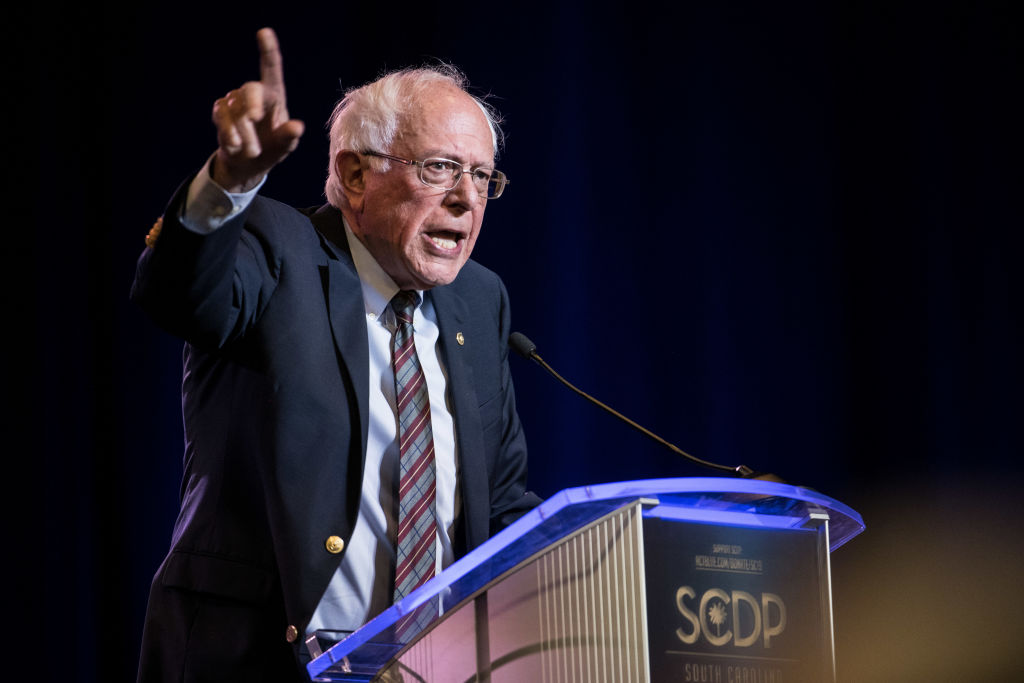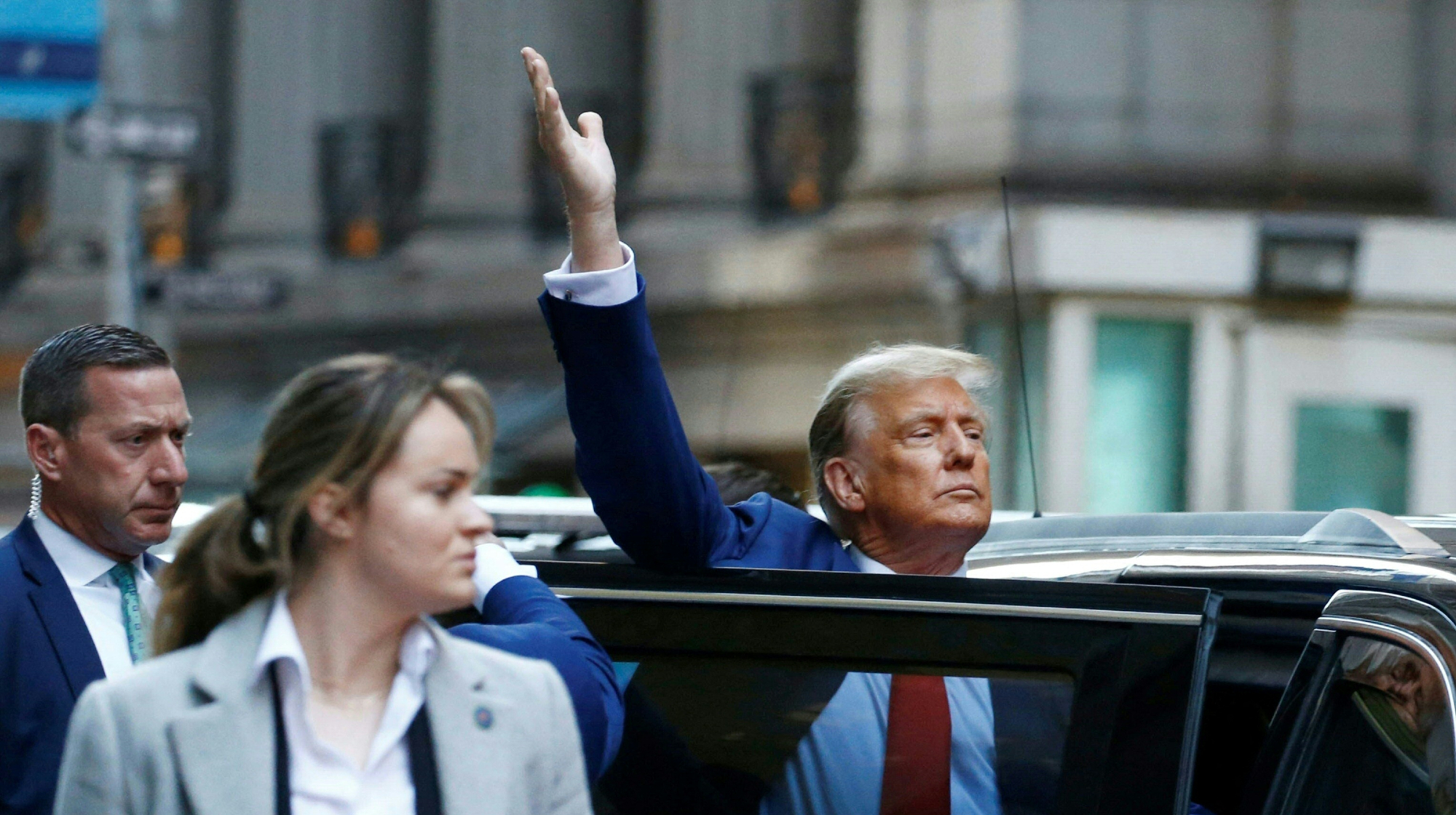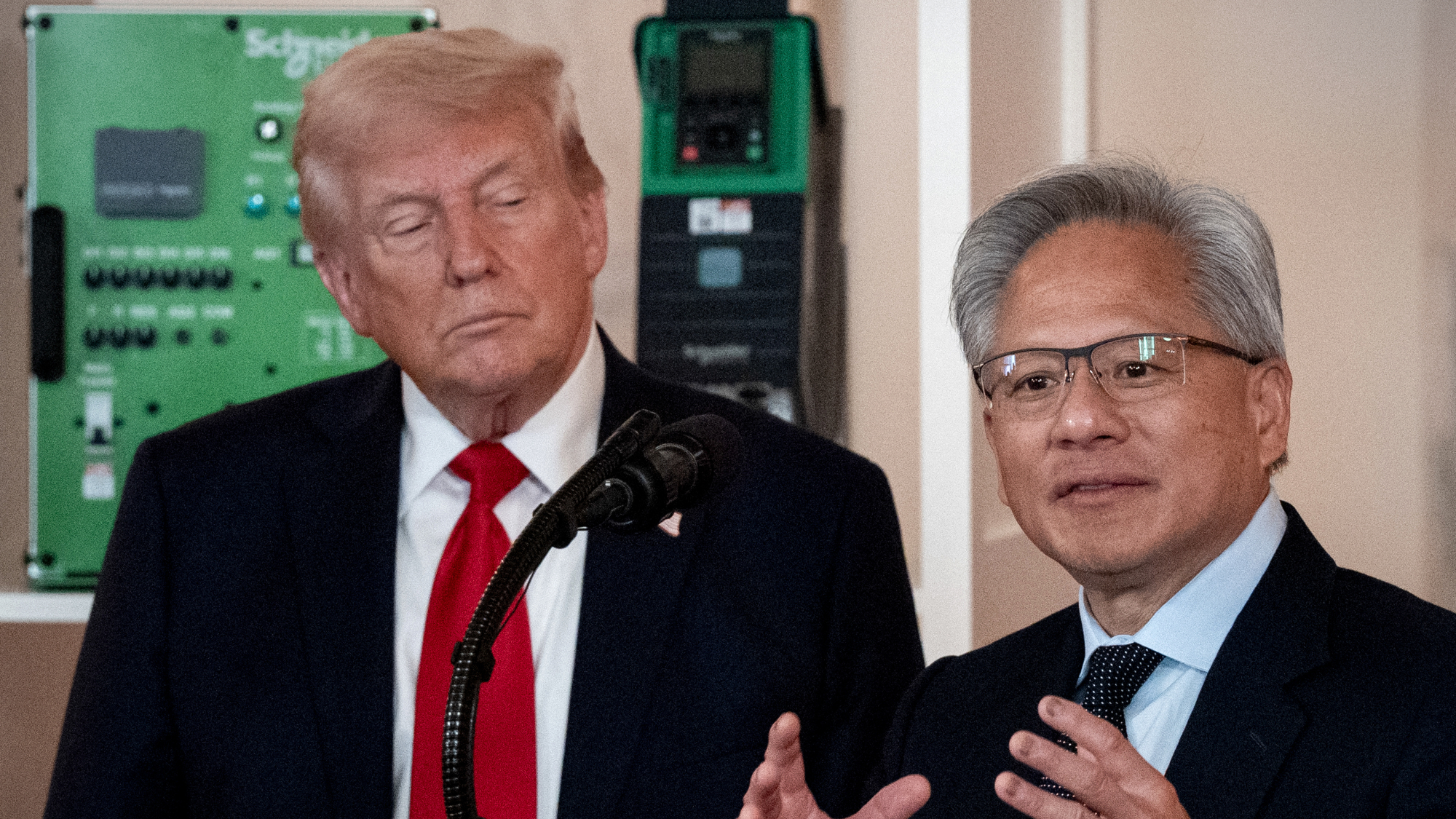Bernie Sanders to one-up Elizabeth Warren with $1.6 trillion college debt elimination plan


Sen. Bernie Sanders (I-Vt.) will propose Monday eliminating all $1.6 trillion of U.S. student debt and making all public universities, community colleges, and trade schools tuition-free. His plan is broader and more expensive than those offered by fellow 2020 Democratic presidential candidates Sen. Elizabeth Warren (D-Mass.) and Julián Castro. Warren's plan, for example, would cost an estimated $640 billion and eliminate up to $50,000 in debt of people earning less than $100,000, effectively wiping out the student loans of 75 percent of borrowers. Sanders proposes to cancel all student debt, including for private colleges and graduate schools..
Sanders says he will pay for it with a tax on stock transactions and bonds. "This is truly a revolutionary proposal," he told The Washington Post. "In a generation hard hit by the Wall Street crash of 2008, it forgives all student debt and ends the absurdity of sentencing an entire generation to a lifetime of debt for the 'crime' of getting a college education." Sanders said his tax on investments would raise $2 trillion over 10 years, though some tax experts call that an optimistic figure.
Critics say the Sanders proposal would primarily help educated Americans, who typically earn more, and more affluent families. Sanders and his supporters say creating programs that help all Americans, regardless of income, makes the programs more politically durable.
The Week
Escape your echo chamber. Get the facts behind the news, plus analysis from multiple perspectives.

Sign up for The Week's Free Newsletters
From our morning news briefing to a weekly Good News Newsletter, get the best of The Week delivered directly to your inbox.
From our morning news briefing to a weekly Good News Newsletter, get the best of The Week delivered directly to your inbox.
A free daily email with the biggest news stories of the day – and the best features from TheWeek.com
Peter has worked as a news and culture writer and editor at The Week since the site's launch in 2008. He covers politics, world affairs, religion and cultural currents. His journalism career began as a copy editor at a financial newswire and has included editorial positions at The New York Times Magazine, Facts on File, and Oregon State University.
-
 US mints final penny after 232-year run
US mints final penny after 232-year runSpeed Read Production of the one-cent coin has ended
-
 Warner Bros. explores sale amid Paramount bids
Warner Bros. explores sale amid Paramount bidsSpeed Read The media giant, home to HBO and DC Studios, has received interest from multiple buying parties
-
 Gold tops $4K per ounce, signaling financial unease
Gold tops $4K per ounce, signaling financial uneaseSpeed Read Investors are worried about President Donald Trump’s trade war
-
 Electronic Arts to go private in record $55B deal
Electronic Arts to go private in record $55B dealspeed read The video game giant is behind ‘The Sims’ and ‘Madden NFL’
-
 New York court tosses Trump's $500M fraud fine
New York court tosses Trump's $500M fraud fineSpeed Read A divided appeals court threw out a hefty penalty against President Trump for fraudulently inflating his wealth
-
 Trump said to seek government stake in Intel
Trump said to seek government stake in IntelSpeed Read The president and Intel CEO Lip-Bu Tan reportedly discussed the proposal at a recent meeting
-
 US to take 15% cut of AI chip sales to China
US to take 15% cut of AI chip sales to ChinaSpeed Read Nvidia and AMD will pay the Trump administration 15% of their revenue from selling artificial intelligence chips to China
-
 NFL gets ESPN stake in deal with Disney
NFL gets ESPN stake in deal with DisneySpeed Read The deal gives the NFL a 10% stake in Disney's ESPN sports empire and gives ESPN ownership of NFL Network


